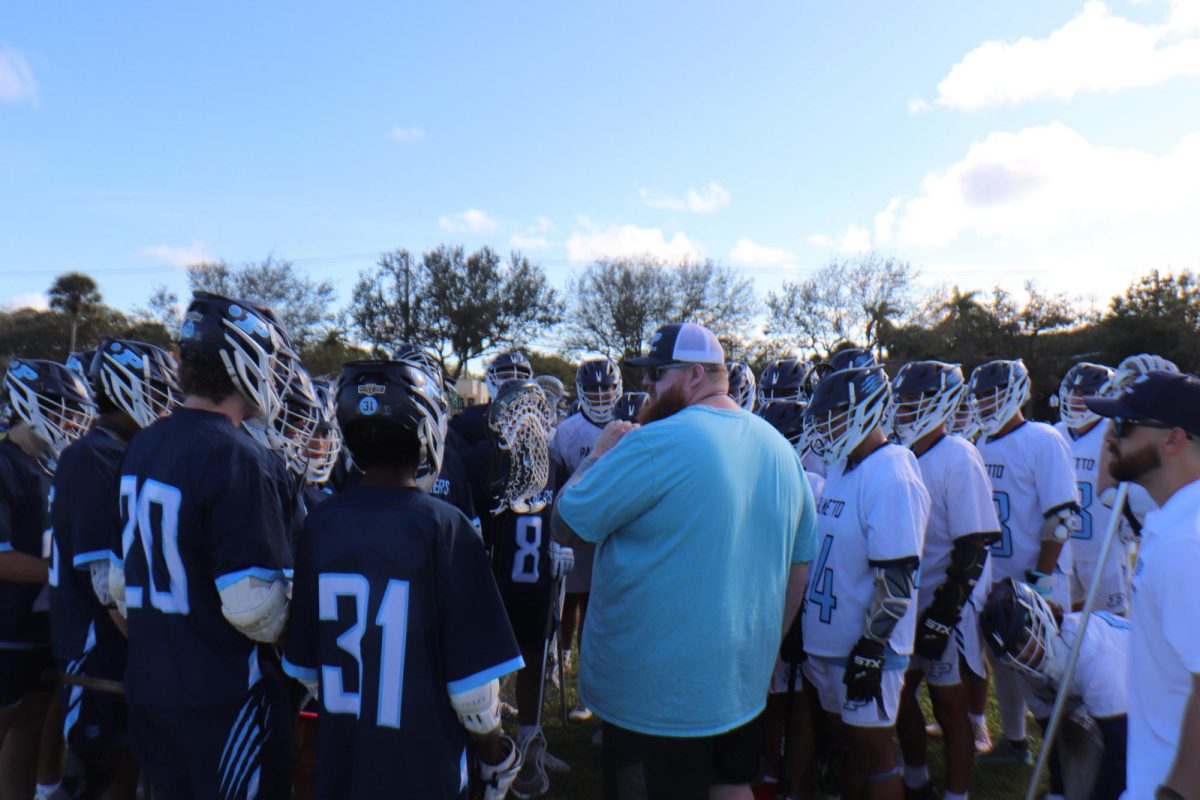Science Says: Florida Manatees Experiencing a Spike in Deaths
April 13, 2021
In recent months, Florida manatee deaths have experienced an extreme spike, putting Florida on pace for the highest numbers of manatee deaths in a century. This spike in mortality comes as a result of a decline in seagrass production, contaminated waterways and bouts of cold weather.
The rapid decline in seagrass acts as the primary cause of declining manatee populations in Florida, as it is their main source of food. Marine officials in several Florida counties such as Volusia County and Brevard County have reported that tens of thousands of acres of seagrass have disappeared from waterways. Seagrass remains an essential component of a manatee’s ecosystem; without finding much food to eat, manatees return to their warm water habitats hungry, which in turn leads to their deaths.
In 2020, the U.S. Fish and Wildlife Services and the Florida Fish and Wildlife Conservation Committee recorded over 630 manatee deaths across Florida. But in only the first two months of 2021, these agencies have recorded over 500 deaths across the state. This number of deaths is three times the five-year average of 146 deaths during the first three months of a year.
Because of these high numbers of deaths, the U.S. Fish and Wildlife Services has declared a “Marine Mammal Unusual Mortality Event,” which is defined under the Marine Mammal Protection Act. This designation authorizes federal agencies and organizations to conduct investigations in order to minimize deaths and evaluate the causes of the catastrophic marine event. It has been declared only 71 times since 1991 in regards to bottlenose dolphins, California sea lions and other threatened or endangered marine life.
This designation also allows for the Marine Mammal Unusual Mortality Event Contingency Fund and other private organizations to allocate money and donate funds towards research investigating the spike in marine animal mortality and ways to prevent it in the future.
Brevard County — located on the east coast of Florida and containing cities such as Melbourne and Cape Canaveral — has reported the highest number of deaths, with 179. Many of these deaths occurred along the Indian River Lagoon, which stretches from Volusia County into Brevard County and South Florida. This waterway is a known manatee gathering place due to its warm waters. However, with a cold Florida winter, water temperatures in the lagoon significantly declined, leaving waters inhospitable for manatees. Much of these deaths can also be attributed to the above-mentioned decline in seagrass populations.
If you or anyone you know sees a manatee in distress or a deceased manatee, contact the Florida Fish and Wildlife Conservation Commission at 1-888-404-3922 or click here to visit their website.











